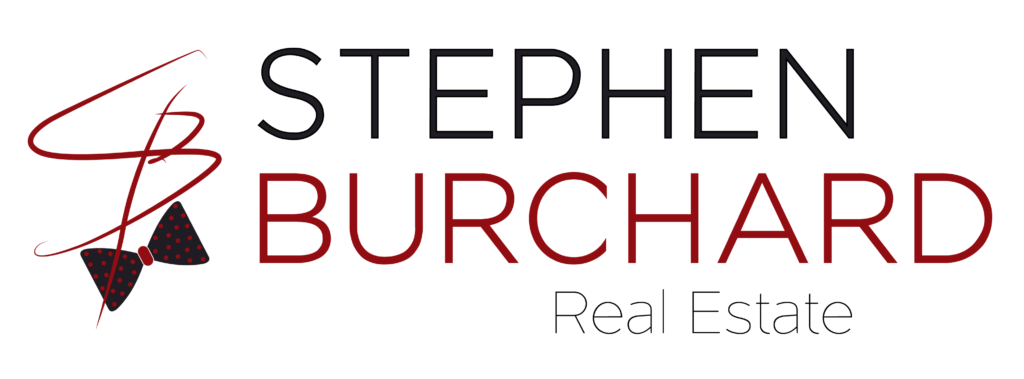A mortgage pre-approval should be your first step when you are ready to buy a home. The pre-approval process varies from lender to lender. However, the basic steps are similar: a loan application, a credit check, and lots of documentation.
Most lenders have an online pre-approval process to make it convenient, but you can also apply over the phone or in person.
Step One

Complete an application, preferably online, to begin the mortgage pre-approval process. You must complete the application and submit any required documents, and the computer program will take over. Whether you complete your application online, over the phone, or in person, completing the application form generally takes about 20 to 30 minutes. The application is known as a 1003. Personal, financial, and employment information will be required. You should also have an idea of the type of loan you are looking to obtain.
Your lender will then process the information you provided. Obtaining your credit report is called a tri-merge, which involves contacting three credit bureaus. Experian, Equifax, and TransUnion are used to create a single report showing your credit scores and credit history.
You can choose any lender you wish to apply and obtain a pre-approval. Although I don’t recommend it, you can go to multiple lenders for pre-approval to find the best offer. You only need one pre-approval before applying for your mortgage. You are not obligated to use the same lender from whom you obtained your mortgage pre-approval.
Step Two

The lender will require documentation to support the information on your loan application. This is what makes a pre-approval different from a prequalification. The following documents may be necessary:
- Valid Driver’s License or Social Security Card
- W-2s or 1099s for the past two years
- Tax returns for the past two years
- Profit and loss statements if self-employed
- Bank statements
- Retirement account statements
- Documentation of other asset accounts
- Divorce decree or separation agreement, if applicable
- Landlord contact information, if applicable
- Mortgage payment history, if applicable
Having this documentation available will speed up the pre-approval process. Some lenders can pull your information directly from your employer, bank, the federal government, etc., with your permission.
Step Three

The mortgage lender will complete the pre-approval process once they have all your information, and you pay any application fee if necessary.
The underwriting process is the last step in granting pre-approval. Most lenders use a universal, automated underwriting system to pre-approve borrowers for home loans. This technology-driven system is a process that involves computer-generated loan decisions. In other words, you don’t have to wait for a human underwriter to read through all those documents and approve or deny your application. When lenders use automated underwriting, they can make near-instant decisions that typically take up to 60 days to process manually.
It is time to get a mortgage pre-approval if you’re considering buying a house soon or are ready to start house hunting. The pre-approval will help you identify your home-buying budget. If issues arise, like low credit scores or insufficient savings, you will have time to work on those before buying a house.
Once you have your mortgage pre-approval, you can start looking for your dream home! I am ready to help you find the perfect fit if you are interested in the Palm Springs area. Contact me, Stephen Burchard, The Desert Bowtie Realtor®, taking the (k)nots out of real estate.


